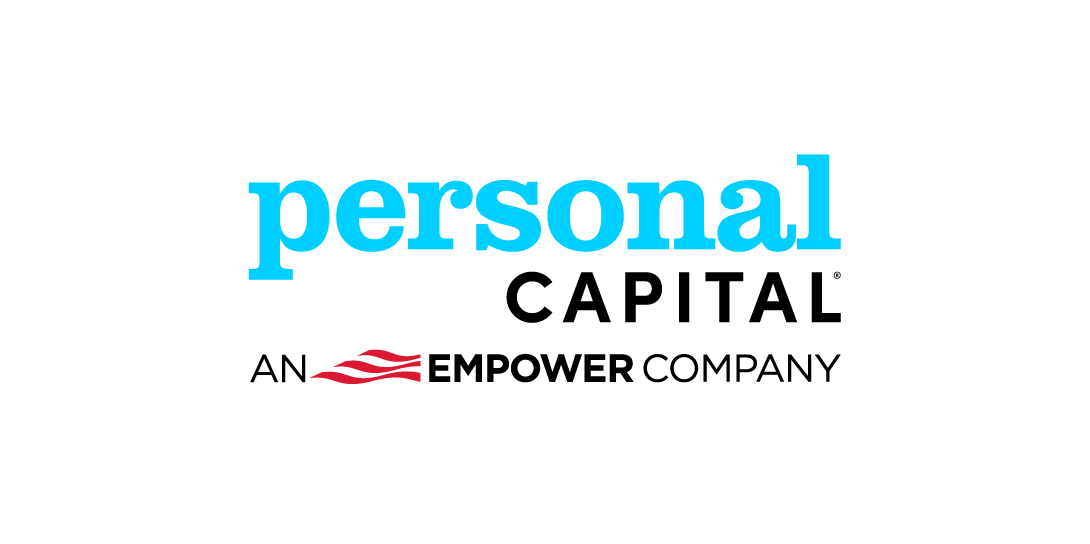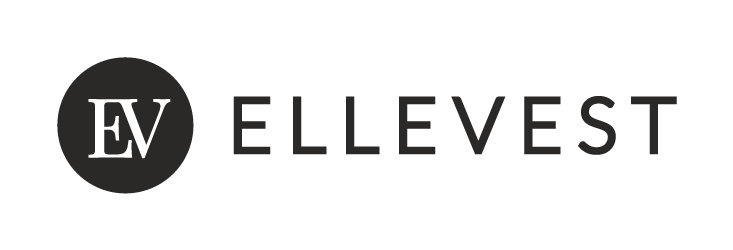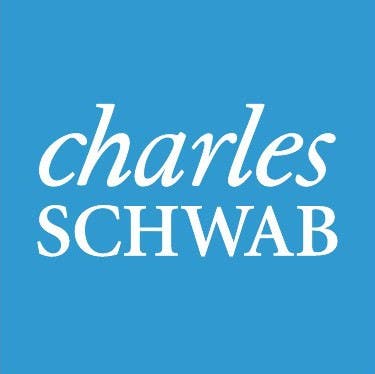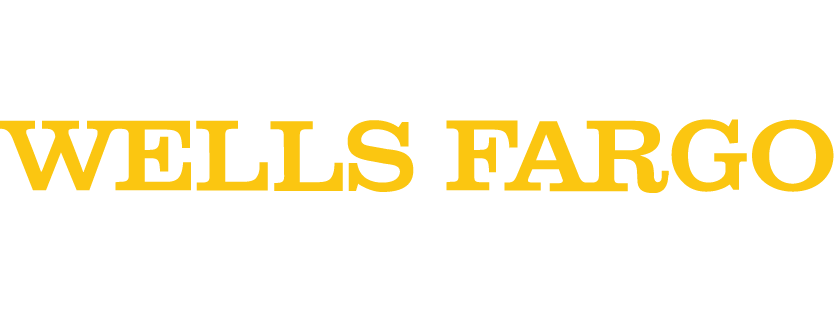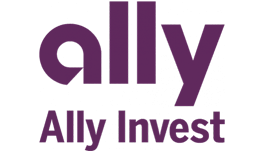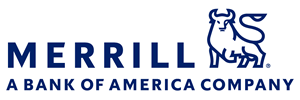Morgan Stanley Access Investing review 2023
The Bankrate promise
At Bankrate we strive to help you make smarter financial decisions. While we adhere to strict , this post may contain references to products from our partners. Here's an explanation for .
Morgan Stanley Access Investing: Best for
- Active portfolio management
- Theme-based investing
- Younger investors
Morgan Stanley Access Investing is a suitable robo-advisor option for younger investors looking to invest based on their values or certain themes. Investment choices include impact portfolios that focus on environmental, social and corporate governance (ESG) issues, low-fee portfolios that track market indexes and performance-seeking portfolios that attempt to outperform through active management. Additional themes such as emerging consumer or gender diversity can also be selected to further align your portfolio with your views. Features such as tax-loss harvesting and rebalancing are also nice to have.
But investors might be frustrated by the high fees for some funds included in portfolios, poor goal-planning tools and a limited number of account types compared to better positioned rivals such as Wealthfront or Betterment.
Morgan Stanley Access Investing: In the details


Pros: Where Morgan Stanley Access Investing stands out
Portfolio management
Morgan Stanley Access Investing provides three basic portfolios investors can choose from:
- Impact Portfolio. This portfolio is made up of mutual funds and ETFs that invest in companies that consider ESG issues as part of their businesses.
- Market-tracking portfolio. This portfolio is comprised entirely of ETFs and offers diversification across asset classes and geographies. It is designed to track a broad market index and comes with the lowest fees.
- Performance-seeking portfolio. This approach will seek to optimize returns based on your selected risk tolerance by investing in mutual funds and ETFs that Morgan Stanley’s experts think will outperform the market. These funds typically come with higher fees than those that track market indexes.
You’ll also be given the opportunity to select from eight different themes that you can further base your investments around:
- Climate action
- Defense & cybersecurity
- Emerging consumer
- Gender diversity
- Genomics & biomedicine
- Global frontier
- Inflation conscious
- Robotics + data + artificial intelligence
You can select one theme to drive the types of funds your chosen portfolio will invest in. Gender diversity and climate action are themes that will influence the impact portfolio, while the other six themes are tied to the performance-seeking portfolio. A market-tracking portfolio will seek to minimize fees.
Portfolio rebalancing
Morgan Stanley checks daily to see if your allocations have drifted from their recommended range and will automatically adjust them if necessary. This automatic rebalancing can help to make sure your portfolio allocations haven’t drifted too much due to market gains or losses, or withdrawals and contributions.
Tax-loss harvesting
If you choose, Morgan Stanley will also automatically check your portfolio for tax-loss harvesting opportunities, which means they’ll look for ways to intentionally realize losses to lower your tax bill. They’ll also reinvest your “harvested” losses, so you don’t miss out on potential gains by being out of the market.
The tax strategy stands out when compared to other advisors that target small investors such as Acorns and Stash, which don’t offer any tax strategy services to their customers. Other advisors such as Schwab Intelligent Portfolios offer tax-loss harvesting, but only for customers with assets of at least $50,000.
Management fee
With an annual management fee of 0.30 percent, Morgan Stanley falls in the middle of the range for robo-advisors. While 0.30 percent doesn’t sound like much, that means it will cost $30 for every $10,000 you have invested. These fees can really add up over time and ultimately take away from the return you earn as an investor, but they are still less than what you’d typically pay with a traditional financial advisor, where fees might hit 1 percent of your assets annually.
Morgan Stanley comes in above other robo leaders such as Betterment and Wealthfront which both charge 0.25 percent annually, but is better than Marcus Invest, which charges 0.35 percent and doesn’t offer services such as tax-loss harvesting.
Cons: Where Morgan Stanley Access Investing could improve
High fund fees
In addition to the management fee, you’ll also pay fees on the mutual funds and ETFs you’re invested in within your portfolio. For those who choose certain themes or a performance-seeking portfolio, higher fees will accompany these types of funds because the funds are actively managed. Here’s how the average fees look for different portfolios.
- Market tracking: 0.07 – 0.11 percent
- Impact portfolio: 0.44 – 0.48 percent
- Performance-seeking: 0.30 – 0.69 percent
Again, these fund fees come on top of the 0.30 percent management fee you’re already paying. And if you’re going with the performance-seeking portfolio, studies have shown actively managed funds tend to trail the performance of index funds over time due largely to the high fees of active funds.
For an investor who chooses the high end of the performance-seeking portfolio, they’ll end up paying nearly one percent in all-in annual costs (including the management fee), which is near the high end of the advising industry. Fortunately, Morgan Stanley waives any load fees or short-term redemption fees on any mutual funds in these portfolios.
Account minimum
With a $5,000 investment required to open an account, Morgan Stanley Access Investing wants more money to get started than many of the best robo-advisors in the industry. Rivals such as Betterment and Wealthfront offer investing services with just a $500 deposit or less. While $5,000 isn’t an astronomical sum, it may deter some new investors who haven’t been able to save that amount yet.
No human advisors
You also won’t be able to speak with a financial advisor unless you open a separate full-service account with Morgan Stanley. While not having access to a human advisor isn’t uncommon for robo-advisors, some do offer the opportunity to speak with a professional at certain tiers of service. Schwab Intelligent Portfolios offers investors in its premium tier the opportunity to speak with a human, helping to solve one of the biggest challenges for robo-advisors: how to handle complex questions.
Few account types
Morgan Stanley comes in at the low end of robo-advisors in terms of the different types of accounts they offer. Individual accounts, traditional and Roth IRAs, and rollover IRAs are the only ones currently offered by Morgan Stanley Access Investing. You won’t be able to open a joint account with your spouse or partner or a college savings plan for your child. Adding these additional account offerings would help put Morgan Stanley closer to industry leaders.
Tools and goal planning
Clients provide some basic information upon opening an account around a financial goal they’re planning for and risk tolerance levels, but there aren’t tools to help beyond that initial step. You’ll be able to see a graph that projects how your money might grow over time, but more robust planning tools offered by advisors like Wealthfront aren’t available.
Better options for customers to track new goals and decide how to plan for them would be an improvement on current offerings. For customers who care about tools and goal setting features, Schwab Intelligent Portfolios offers a number of great options such as its Play Zone, which allows users to play around with different “what if” scenarios.
No cash management account
Morgan Stanley also doesn’t offer a dedicated cash management account as part of its robo-advisor service, unlike other advisors. A separate account can easily be opened with Morgan Stanley, but it’s not available through your Access account. Other robo advisors offer cash accounts that come with a debit card, ATM access and an interest-bearing account. Combining a cash management account with the Access platform would be an improvement for Morgan Stanley.
Review methodology
Thank you for sharing your experience with Bankrate









